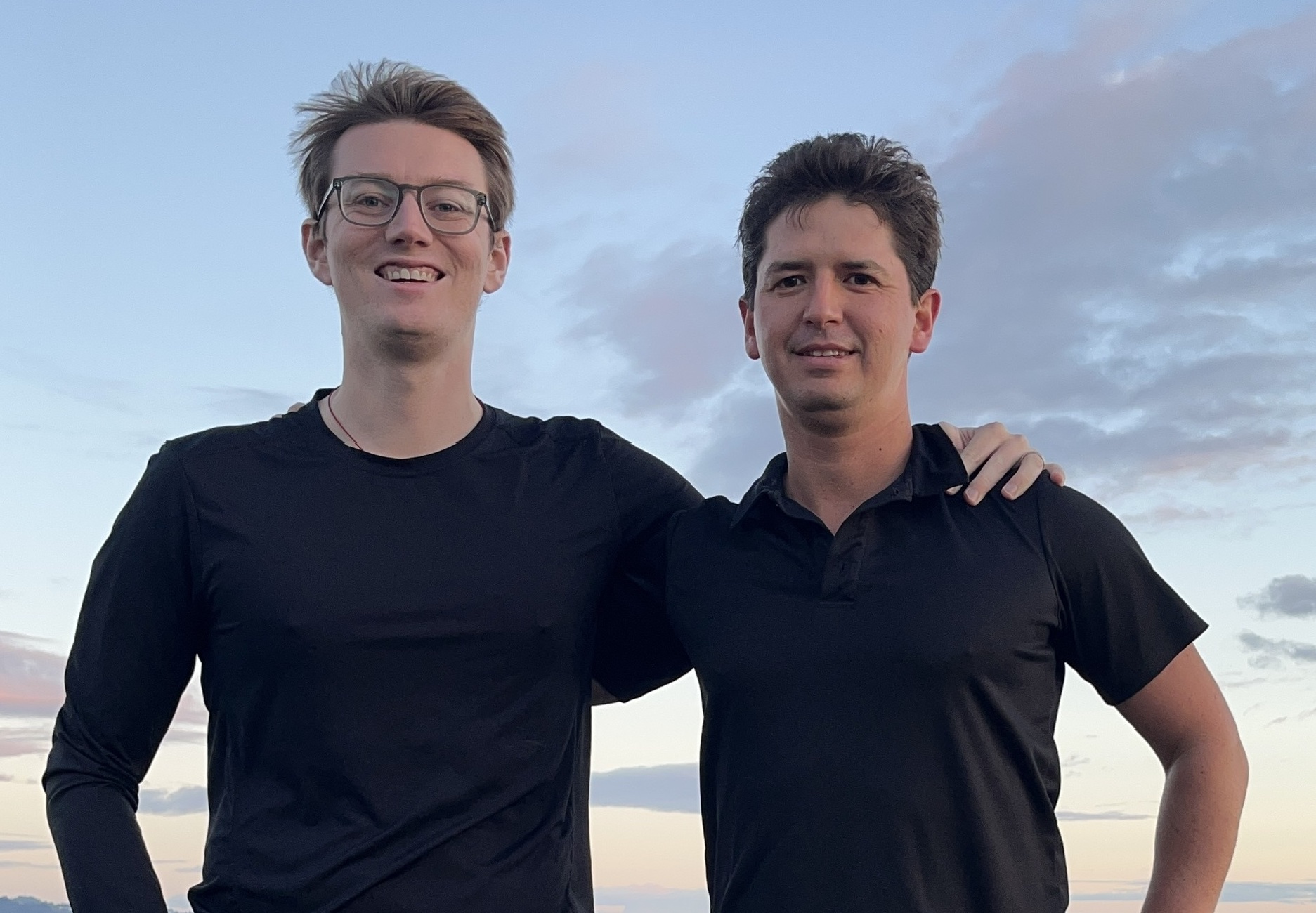A Q&A with Mitko and Kyle of Pioneer
Climate-tech continues to be the category to work on, and not just because we have a global climate crisis on our hands. Not only have we seen continued interest and investment in early-stage companies from traditional VCs, but non-dilutive options continue to be a very real source of meaningful capital. Government incentives across the federal, state, and local level in the form of grants, as well as government procurement has served to bolster and extend the runway for many deep-tech solutions. This access to capital can be very make or break for companies, and deeply informs future growth trajectory, as well as ultimate success.
But not all early-stage companies can afford to bring on a dedicated policy team or outsource these efforts to a consultant. Thankfully, we now have the tools and a product that can help these companies win government grants, contracts, loans, and proposals. We’re excited to support Pioneer founded by Mitko Simeonov and Kyle Treige and share more about what they’re up to these days.
What has changed about non-dilutive capital as a source of funding for climate tech companies? What opportunity presents itself today that might not have 5-10 years ago?
The landscape of non-dilutive capital for climate tech companies has seen a significant shift in recent years. Two key changes stand out, presenting opportunities that were not as prevalent a decade ago. Firstly, public investment in climate and innovation has grown substantially. This is evident in the introduction of acts like the Inflation Reduction Act, Bipartisan Infrastructure Law, and CHIPS Act in the USA in 2022. These initiatives have opened up new avenues for climate tech companies to secure non-dilutive funding, reducing their reliance on traditional equity-based financing. This means more resources for these companies to innovate and grow, without diluting their ownership.
However, accessing this funding isn’t a walk in the park. It’s a complex, multi-stage process involving numerous stakeholders and a sea of unknowns. It’s like navigating a maze blindfolded, where one wrong turn can lead to a dead end. This is where the second opportunity comes in. Today, AI models have evolved to a point where they can shoulder much of the heavy lifting involved in interfacing with bureaucracy. This is a game-changer for climate tech companies seeking non-dilutive funding. These models are now capable of performing complex tasks, reducing the burden of paperwork and streamlining the application process for grants.
This is where Pioneer comes into play. We don’t just provide a tool for certain steps of the process, we offer a comprehensive solution that guides companies through the entire journey of securing non-dilutive funding. In essence, the combination of increased public investment and the power of AI has made non-dilutive capital more accessible for climate tech companies than ever before. With Pioneer’s expertise, these companies can seize these opportunities and propel their growth to new heights.
How much of the technology is truly an AI-powered platform vs. a services offering? When does it make sense to shift these efforts to more of a human-driven approach?
Navigating the labyrinth of award applications can be a daunting task for a climate tech company. It’s a multi-stage, multi-stakeholder process filled with unknowns. From identifying opportunities, managing the project, coordinating with various stakeholders, to preparing a hundred or more pages of content, it’s a journey that requires precision, patience, and expertise. In essence, Pioneer is a hybrid of AI technology and human-driven services. We believe this combination is the most effective way to tackle the challenges of award applications. For these tasks, which take longer to automate and require human touch, we employ a dedicated team of professionals. Our goal is to gradually reduce the human labor involved by an order of magnitude, and we’ve already seen significant wins in opportunity identification and application drafting.
Our approach is twofold. First, we build the platform for our internal team, enabling us to develop faster and more efficiently. This also allows us to establish best practices and processes, which we then codify into the platform. We believe this is the quickest route to creating a high-value, highly scalable solution. Second, we maintain a human interface. This is crucial for keeping each applicant accountable and ensuring the quality of our service.
Over time, we plan to expose our platform and best practices directly to our customers, allowing them to benefit from our expertise and technology. Our aim is to simplify this process, making it more accessible and manageable for everyone.
How and why did you + the founding team become so passionate about solving for this pain point? Does Pioneer ever move beyond government grants, contracts and incentives?
Our care for solving this problem began when we realized the enormous challenge climate change presents to our world. We saw how fixing this issue could lead to many good things. It could help people get better jobs, make our communities cleaner, improve how we make things, change how we travel, and even make us less dependent on fossil fuel energy. It could also lead to better materials and systems for managing energy.
We also saw a big problem. There’s a lot of money being put into fighting climate change, but using that money in the best way is really hard. This problem hasn’t been solved yet. As more money is being invested, figuring out how to use it effectively is becoming even more important. We believe that climate tech innovators are pioneers, and have a big role to play to make an effective use of these funds and turning them into a catalyst. But these pioneers often need help when dealing with governments and other funders.
So we decided to help them! Our official mission is to “coordinate the funding for rapid decarbonization”, and that also means other types of support for our customers, such as effective partnering with others, and a broader range of applications.
